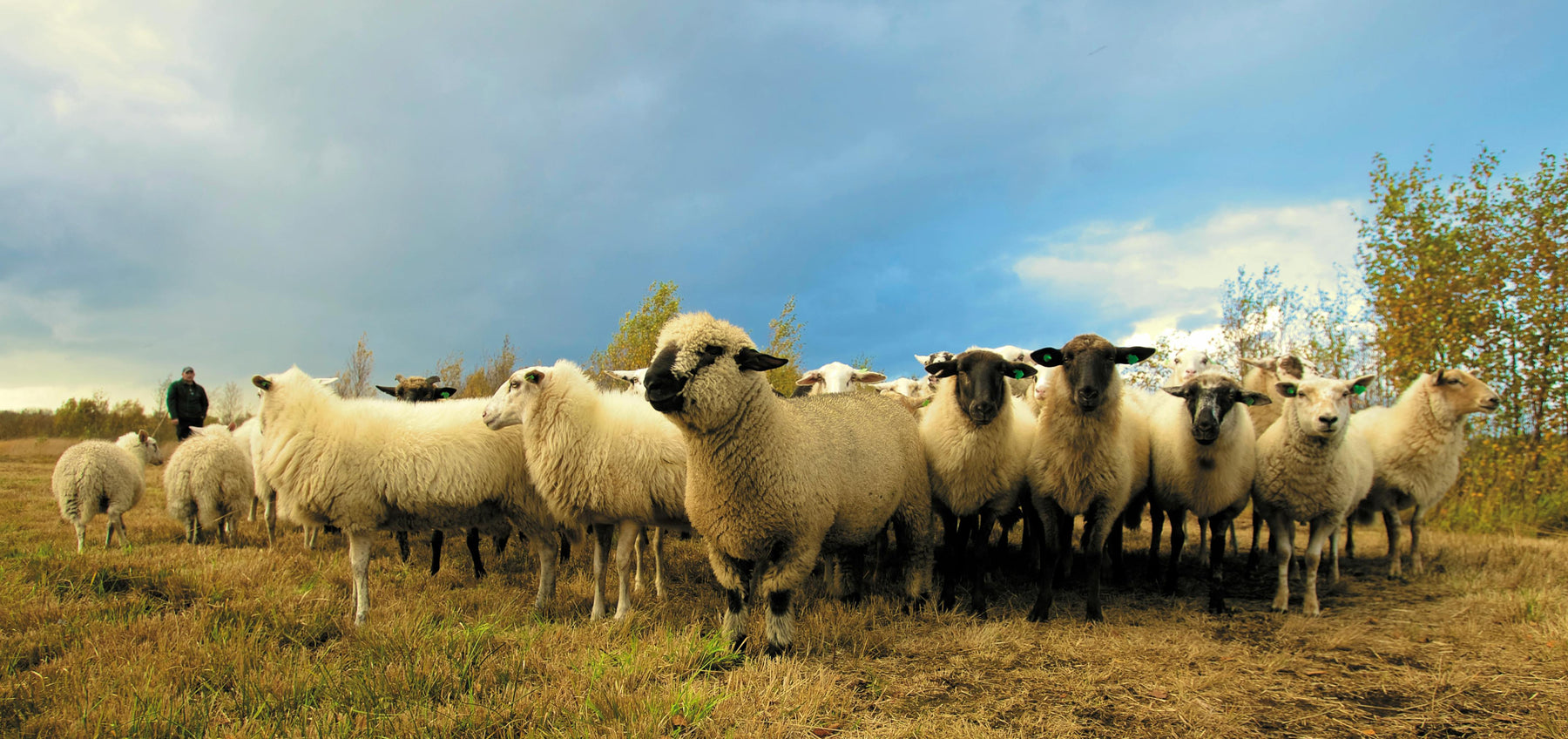Up to 60% off
Up to 60% off

Through the warmer months, blowfly strike poses a real threat to flocks across the UK. Anybody who has sheep or had experience with sheep has undoubtedly experienced the issue and can appreciate just how important it is to avoid a case from occurring.
Flies lay their eggs on a sheep’s fleece as they are often warm and damp with plenty of organic material to feed the larvae once they hatch. The back legs and hind quarters of the sheep are the most common points for strike to occur but cases can be found almost anywhere on the sheep including in the feet.
Once these eggs hatch into larvae they quickly develop into maggots that feed on the flesh of the sheep.
This understandably causes a great deal of pain for the affected animal and causes loss of appetite and eventually death if left untreated. Aside from the obvious welfare issue that fly strike raises, there is also the negative economic impact on your seasons' crop of lambs to take into consideration when formulating your fly control plan for the summer months.
Diagnosing strike takes little more than watching your flock for the early signs. Dark, damp patches of wool are a tell-tale sign along with sheep trying to chew affected areas or twitching of the skin. If you inspect the fleece on your sheep, you will be able to see small yellow eggs attached to the fleece before they hatch. Catching strike early means a full recovery can often be made and can limit the financial damage it can cause.
There are two main methods of protection and treatment for your flock available as POM-VPS products in store.
These are split into Insect Growth Regulators (IGR’s) and Synthetic Pyrethroids (SP). IGR’s work by mimicking the growth regulatory hormones in insects that cause molting to take place. This means that they cannot progress further than the nymph stage and do not molt into the larvae that are responsible for fly strike.
SP products work by disrupting the insect’s nervous system, causing a weakened state and eventually death.
IGR’s are fleece binding. This means that once applied, they bind to the lanolin in the fleece and protect the entire sheep from fly strike for the period intended.

Fly Off is a pour-on SP solution for sheep that targets blowfly strike, biting lice, ticks, and head flies with 10 weeks of persistent efficacy.
Following its launch in April 2018, this product has proven to be a high-quality & cost-effective option for customers looking to purchase a Cypermethrin pour-on product.
Fly-off is available in-store and online on a prescription basis. If you would like more information or want to see if this product is suitable for your flock's needs, feel free to see us in-store or call us on 01858 461463 and speak to one of our Registered Animal Medicines Advisors.
